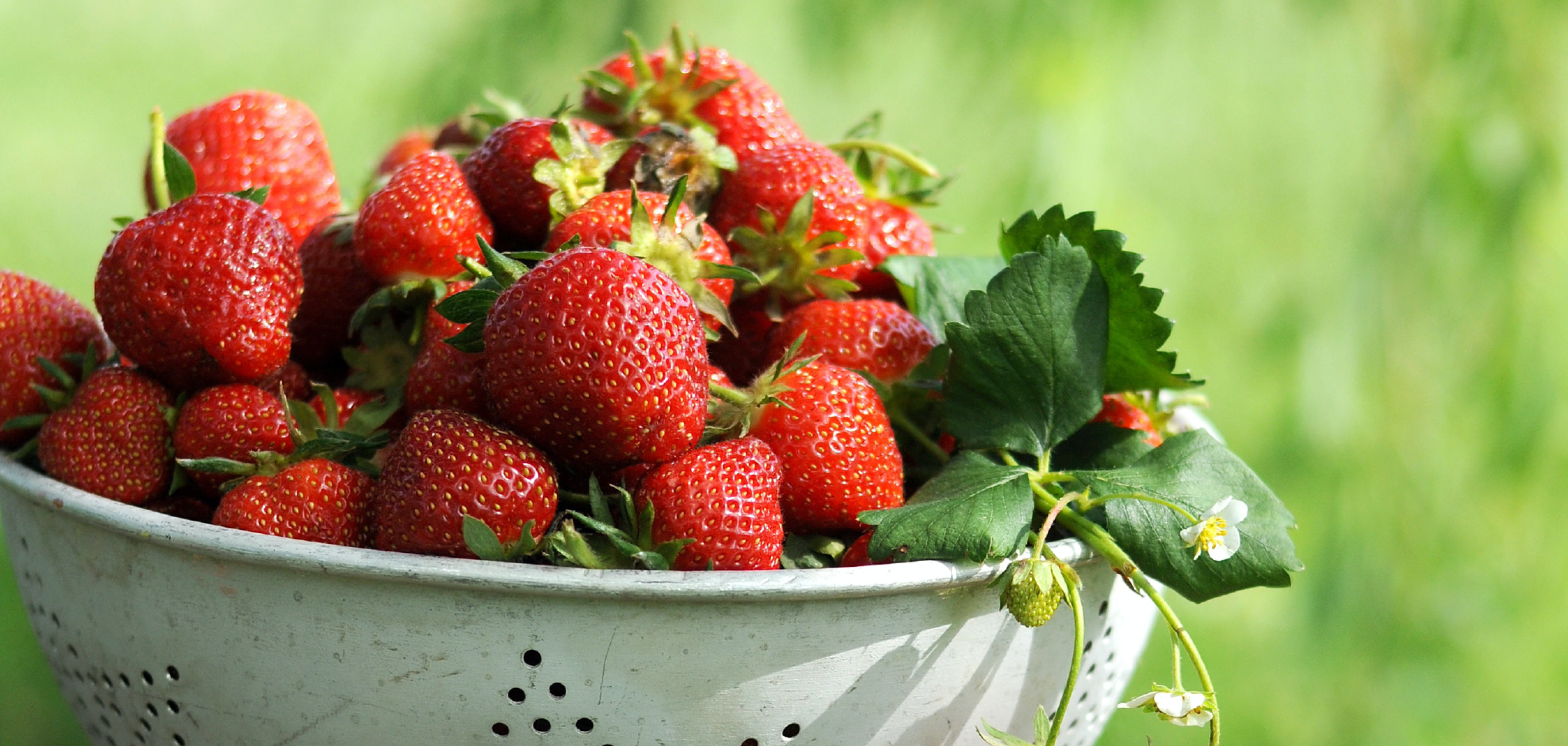
Weather is a high-risk factor in growing any crop, but rain deficiency in much of the Great Lakes region is largely eased by irrigation within the fruit and vegetable industry. However, hot weather conditions continue to challenge Michigan and Wisconsin vegetable producers as they move forward with their field activities, according to NASS Great Lakes Regional Office Director Marlo Johnson, who noted symptoms of heat stress have been seen in Michigan broccoli and cauliflower.
Specialty crop grower Phil Visser, owner of Visser Farms in Zeeland, told FOX 17 News that he’s been using irrigation, and “it’s pretty much 24 hours a day to keep the water going.”
Rain finally fell across Michigan the last week of June, bringing some much-needed relief.
Wisconsin, according to the USDA’s National Agricultural Statistics Service, had scattered storms across the state in early July that helped improve the conditions of field crops, especially in the north. However, many counties received little moisture, continuing the drought’s negative impact on crops.
Soil moisture levels have increased with the rains the last couple weeks in southwest Michigan. Most locations are showing a relief of drought stress conditions, according to a report by Michigan State University Extension. It said, “This time of year, plants need about an inch of water per week. More rains like we have seen the last couple weeks will be needed to keep up with the crop needs.”
Growing degree days have been close to long-term seasonal averages.
“We have small and large producers in very different areas of the state, where weather can be drastically different, so there’s no uniform prediction on how the crop is progressing,” says Brandon Leep, vice president of agribusiness lending for GreenStone Farm Credit Services.
A hailstorm hit Berrien Springs, June 1, damaging about two-thirds of the fruit trees at Lemon Creek Winery. Breaking the skin of some fruit, which the owners say could become an issue later in the summer.
News reports noted one large specialty crop grower, south of Lansing, that sustained major damage in a localized hailstorm June 15.
The Traverse City area has had seven reports of on-the-ground hail by trained spotters and has been under severe weather warnings nine times during the past 12 months, according to Interactive Hail Maps.
Labor and markets
Labor continues to be a struggle for many crops. The federal migrant labor program, H2A, has become more reliable in recent years, Leep says. “Several years ago fruit growers almost had to go that way because they needed so many seasonal workers, and now a lot of the vegetable producers have followed suit,” he explains. “Even row crop growers are using H2A because it’s become more reliable in getting the same crews back, increasing efficiencies.”
Pricing continues to be based on market supply and demand, which is impacted by both domestic and international pressure. “With some of the southern states, like Georgia, being backed up a couple weeks, it’s impact trickles down on growers farther north,” Leep says. “If they are going long – maybe a couple weeks or more – they have product when they normally wouldn’t. That means northern growers may come online when the market is flooded, putting downward pressure on pricing.”
The “buy local’ focus is having an impact, though. “Generally speaking, many of our growers can’t produce a product as cheaply as what other countries can. And yet, Kroger's, Spartan Stores and Meijer, as an example, are sometimes willing to pay a little bit more because consumers are calling for it and, in the end, are probably getting a better-quality product – whether that’s into chain stores or farmers markets.”
Fruit update
Strawberry harvest continues at U-pick locations but has wrapped up for the farm stand and wholesale markets. Those who are done with harvest are beginning to renovate, reports MSU Extension.
In apples, handpicking was progressing and finishing up in some areas of the Great Lakes region.
In the southern regions farmers are starting to harvest tart cherries, and U-pick operations were underway and, reportedly, selling out fast. Current harvesting has also started.
In northwest Michigan, tart cherries were coloring. There has been variability in ripening of tart cherries: lots of green fruit but also a good amount of ripe fruit on the trees, according to a July 3, USDA NASS Great Lakes Region report.
Bramble harvest has begun for summer bearing red and black raspberries.
Southwest Michigan will soon be getting into peach harvest, while some deepening of color started in blueberries.
Vegetables
Michigan vegetable producers moved forward with field activities after receiving some much-needed rainfall, USDA NASS report.
First plantings of sweet corn were silking, while peppers and tomatoes were setting fruit. Pumpkin and hard squash plantings continued throughout the state, with harvest underway for cucumbers and summer squash.


